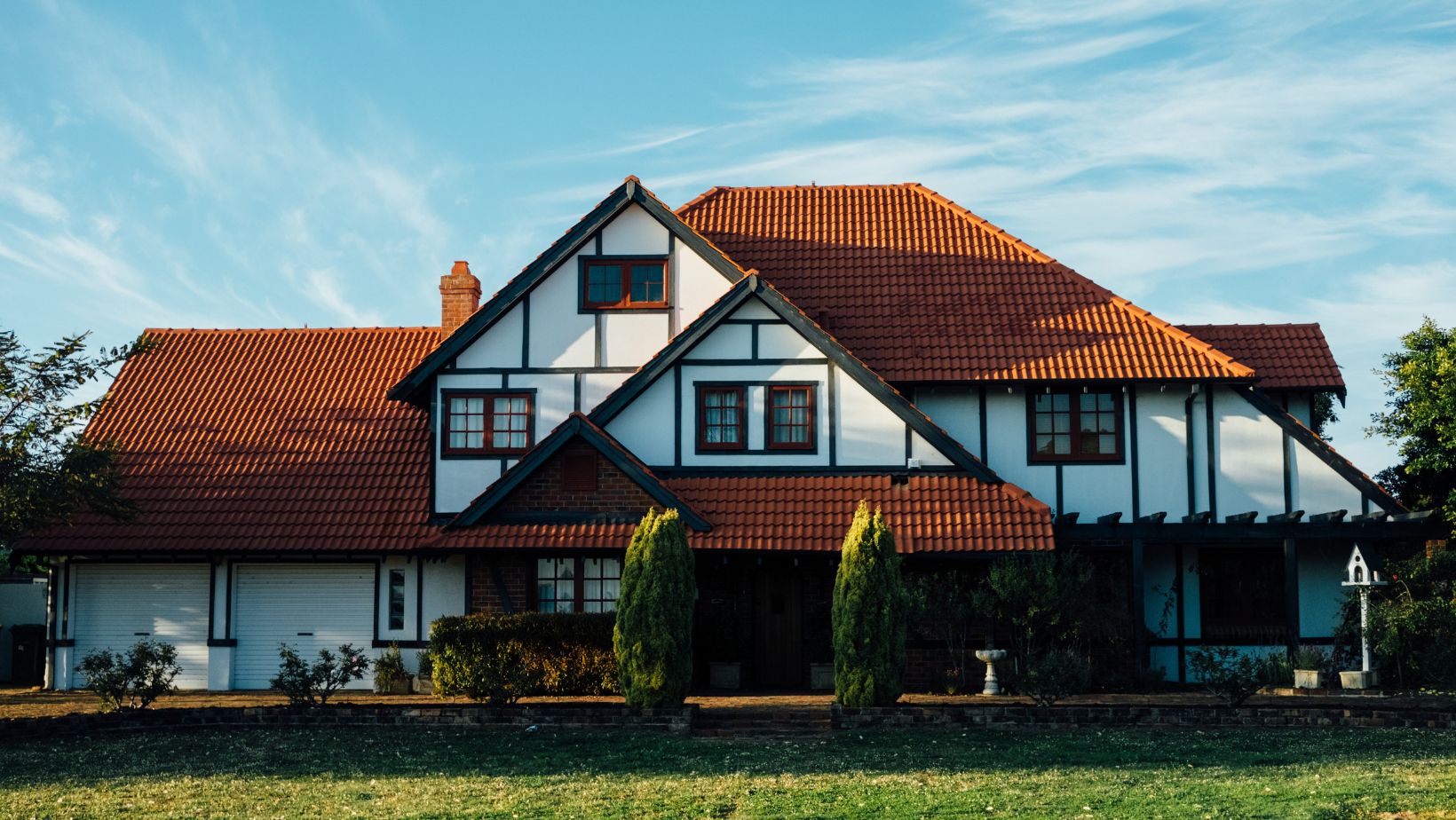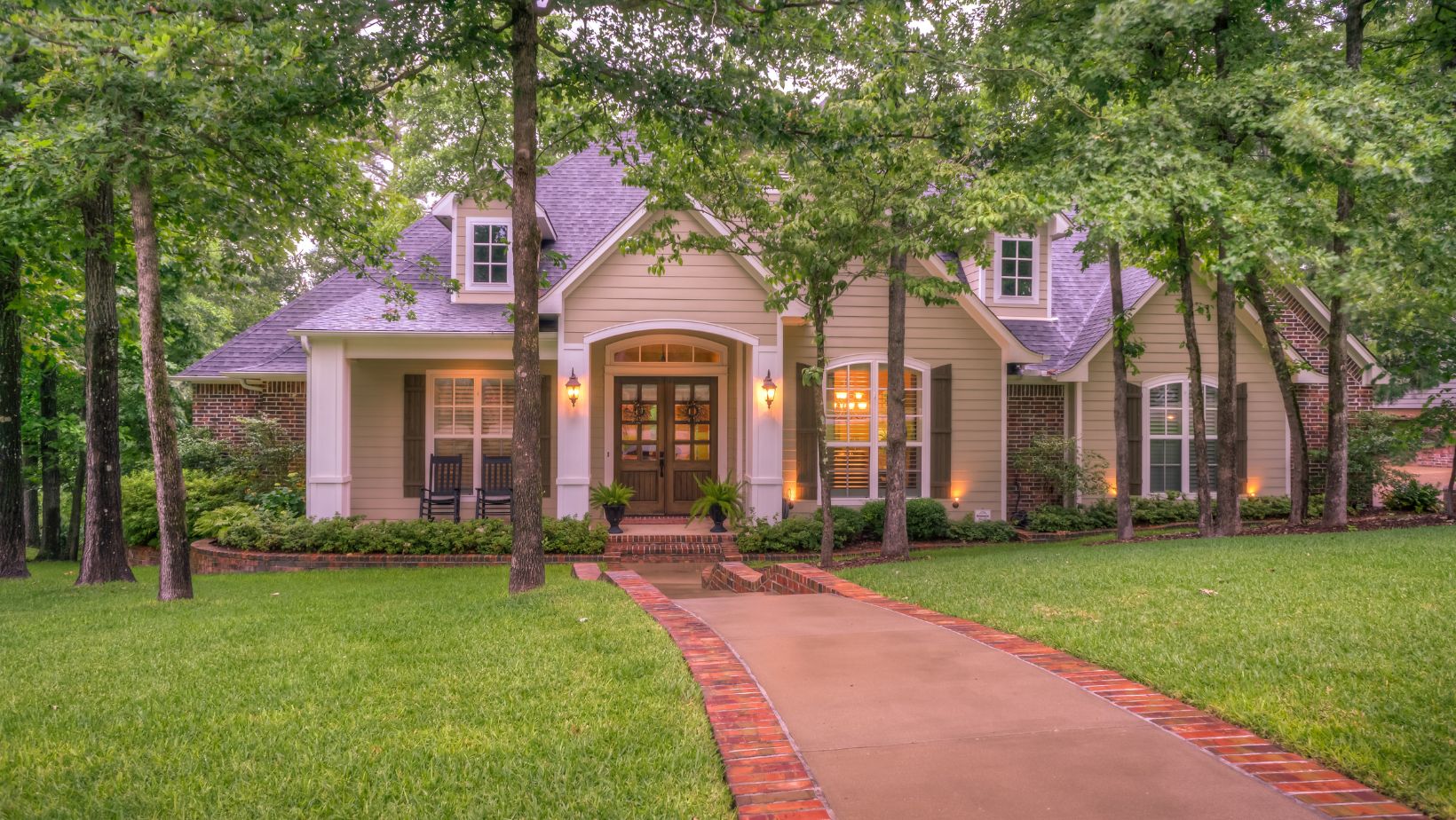
Building your first home is an exciting journey, but it’s also a process filled with potential pitfalls. From budget miscalculations to overlooking critical design details, first-time homeowners often make mistakes that can lead to costly regrets. Taking the time to plan carefully and avoid common errors can make all the difference in creating a home that meets your needs and expectations.
One area that’s often overlooked is the importance of home facades in the overall design. The exterior of your home sets the tone for its aesthetic appeal and value, making it crucial to choose a design that complements the structure and the surrounding neighborhood. However, facades are just one aspect to consider when building a home. Here are five common mistakes to avoid during the process.
Skipping Detailed Budget Planning
One of the biggest mistakes first-time home builders make is underestimating costs. It’s easy to focus on the initial construction price without factoring in additional expenses like landscaping, permits, and unforeseen changes during the build.
How to Avoid This Mistake
- Include all costs: Account for fees like permits, taxes, and connection costs for utilities.
- Plan for contingencies: Set aside 10–15% of your budget for unexpected expenses.
- Get multiple quotes: Compare prices from different builders and contractors to avoid overpaying.
Proper budget planning helps prevent financial stress and ensures your project stays on track.
Choosing the Wrong Location
The location of your home is just as important as the design. A poor choice of location can lead to long-term dissatisfaction, whether it’s due to inconvenient commutes, lack of amenities, or unfavorable surroundings.
Consider These Factors When Choosing a Location
- Proximity to essentials: Look for areas close to schools, workplaces, and shopping centers.
- Future development: Research planned developments or zoning changes that could impact the area.
- Neighborhood feel: Visit the area at different times of the day to get a sense of noise levels, traffic, and overall vibe.
Choosing the right location is a decision that affects your lifestyle and property value, so take your time to evaluate options thoroughly.
Overlooking Practical Design Elements
When building your first home, it’s tempting to focus on aesthetics and trendy features, but functionality should always take precedence. Poor design choices can result in a home that looks great but doesn’t work well for your daily life.
Tips for Functional Design
- Plan for storage: Ensure there’s ample storage space, including closets, a pantry, and a garage.
- Think about layout: Open floor plans are popular, but they might not suit every family’s needs. Consider privacy and noise control.
- Account for natural light: Strategically place windows to maximize light while minimizing glare and heat.
By balancing style and practicality, you’ll create a home that’s both beautiful and livable.
Neglecting Long-Term Needs
Your first home should be designed not just for your current lifestyle but also for your future needs. Many first-time builders make the mistake of prioritizing short-term preferences without considering how their needs may change over time.
How to Plan for the Future
- Think about family growth: If you plan to have children or host extended family, ensure there’s enough space.
- Consider aging in place: Features like single-level living, wide doorways, and step-free entrances can make your home more adaptable.
- Plan for resale value: Choose designs and materials that appeal to a broad range of buyers to make selling easier if needed.
Anticipating future needs ensures your home remains functional and valuable for years to come.
Failing to Communicate Effectively with Builders
Building a home is a collaborative process, and clear communication with your builder is essential. Misunderstandings or lack of clarity can lead to mistakes, delays, and frustration.
Tips for Effective Communication
- Be specific: Provide detailed instructions and examples to avoid ambiguity.
- Stay involved: Regularly visit the site to monitor progress and address concerns promptly.
- Ask questions: Don’t hesitate to clarify timelines, materials, or costs if something is unclear.
A good working relationship with your builder ensures a smoother construction process and better outcomes.
Building your first home is an exciting milestone, but it’s not without its challenges. By avoiding these common mistakes, you can streamline the process and create a space that reflects your vision while meeting your practical needs. Careful planning, thoughtful design, and proactive communication are the keys to a successful home-building experience.













